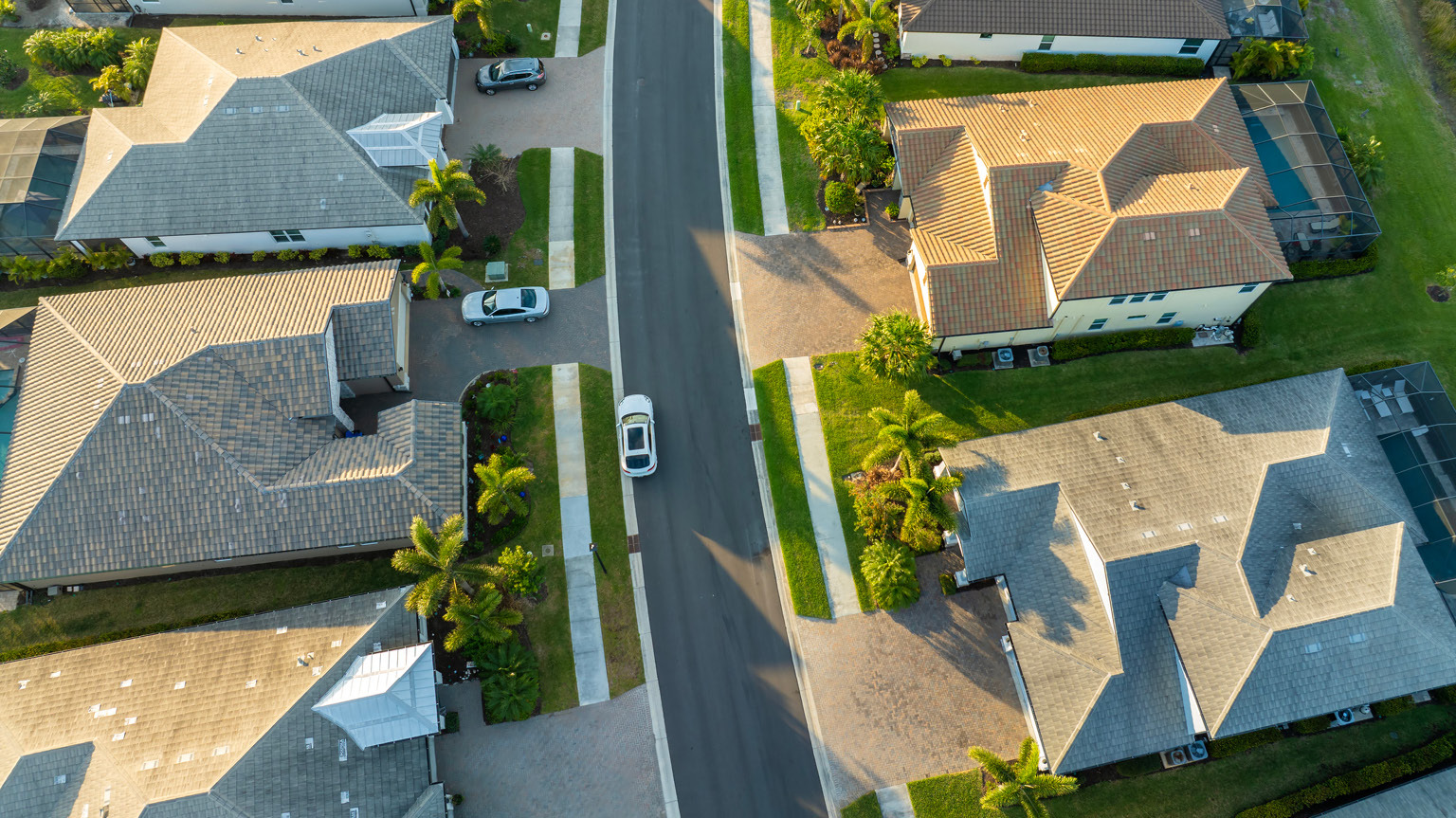Why Debt has Transformed the American Middle Class
Although the Great Recession of 2008 feels like a lifetime ago, its economic ripple effect continues to impact the lives of most Americans. This is especially true of the American middle classes: As housing, education, food and medical costs have skyrocketed, so too has the reliance on credit cards and personal loans.
If your experience as a middle class American has been defined by your debts, you’re not alone: According to a recent survey, more than half of middle-income Americans reported that their debts are hard to manage. 65% of respondents said that they are struggling with finances now, and expect to be for the rest of their lives.
In this article, we’ll look at who the middle class is now, how debt became a major factor in the lives of this demographic and where we go from here.
Who is Considered “Middle Class” Now, Anyways?
In many ways, “middle class” has ceased to describe a certain income level. Instead, the contemporary label of “middle class” has become symbolic of a level of buying power and a standard of living.
Middle-class households typically have stable jobs, can afford comfortable housing and have access to healthcare and education. However, these factors are becoming increasingly difficult to maintain, as expenses outpace wages. Many middle-class families find themselves closer to financial insecurity, often just one unexpected expense away from financial hardship.
And while people who describe themselves as “middle class” may have a middling income compared to most Americans, the economic reality of that position is much different than in the past.
In 1970, middle-income families held 63% of the total U.S. household income. In 2022, that number dropped to just 43%, while upper-income household shares increased from 29% to 48% over the same period. Lower-income households only held a 10% share in 1970 and an 8% share in 2022, despite the growing population of low-income people.
Clearly, starting life in one income bracket does not mean you stay there. And with so many households reporting stress about overcoming an unexpected bill or living paycheck-to-paycheck, the line between middle-and lower-income is much thinner than it may seem.
How did Debt Become a Major Part of Middle Class Finance?
Several factors caused debt to become important for middle-class families:
- Rising Costs: Expenses for basic needs like housing, healthcare, and groceries have steadily increased. The massive growth of higher education costs has captured a significant amount of middle-class earnings, too. Repaying student loans — on top of an overall increased cost of living — can make debt an enticing option in an emergency.
- Stagnant Wages: Wage growth hasn’t kept pace with inflation or rising costs, making budgets tighter. Add inflation on top of that, and it’s easy to see why people turn to credit when they need extra funds.
- Credit Access: Easy access to credit cards and personal loans means debt has become a common solution to financial shortfalls. The emergence and rapid success of Buy Now, Pay Later programs is a strong indicator of a reliance and normalization of debt within American life.
- Limited Savings: Many middle-class families struggle to build emergency savings, increasing reliance on borrowed funds when unexpected expenses arise. In fact, 33% of respondents in a recent survey reported that they had more credit card debt than money set aside for an emergency.
And because each of these factors informs and feeds back into the others, they create a cycle of debt that’s hard to escape.
Will Debt Continue to Impact Middle Class Economic Health?
Debt’s impact is likely to continue, affecting long-term economic health for individuals, families and communities.
High debt levels can limit opportunities for families to invest in homes, education or retirement. Financial stress from debt can also play a major part in compromised physical and mental health, reducing quality of life.
Without steps to address debt, these negative impacts can span generations. Middle-class households risk falling behind financially, making it difficult for their children to advance economically.
What Should Middle Class Americans do About Their Debts?
Middle-class families can take clear steps to improve their financial health:
- Budget Carefully: Track spending and reduce non-essential expenses to free up money for debt repayment. Our Chief Financial Wellness Officer and Financial Therapist, Dr. Erika Rasure, can walk you through building a budget.
- Build Emergency Funds: Aim to save even a small amount regularly, creating a safety net for unexpected costs.
- Explore Debt Consolidation: Combining multiple debts into one payment can simplify finances and potentially lower monthly payments. Our program helps you get out of debt faster, too — typically, clients graduate in just 24 – 48 months.
- Seek Professional Guidance: Financial counseling or debt consolidation programs can offer personalized strategies and support.
How Beyond Finance Helps Middle Class Americans Achieve Financial Stability
Beyond Finance understands the struggles of middle-class Americans dealing with debt. Our tailored debt consolidation program provides clear pathways toward financial stability. By consolidating multiple debts into a single manageable payment, families can better control their finances — and gain flexibility immediately.
Beyond Finance’s dedicated team supports you at every step. Our goal is empowering you with practical tools and strategies, making your financial future brighter and less stressful.
Take the first step toward financial peace today. Learn how Beyond Finance can support your journey to financial stability and greater confidence in managing your money.
